Home > List of cultural assets that make up the Mt. Fuji World Heritage Site
Main content starts here.


Real-time weather
![]()
There are several reasons why Fujisan (the Japanese moniker for Mt. Fuji) is known as the premier mountain in Japan – it is the highest peak in the land at 3,776m, and it has an unusually beautiful shape. Fujisan has the same striking appearance regardless of the direction one views it from; a remarkable natural symmetry that down the ages has been captured in song, verse and by famous artists in their paintings. >>Read more
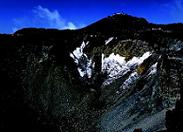
Real-time weather
![]()
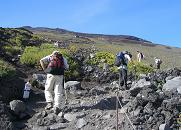
Real-time weather
![]()
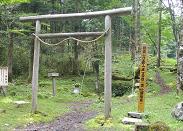
Real-time weather
![]()
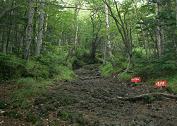
Real-time weather
![]()
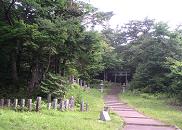
Real-time weather
![]()
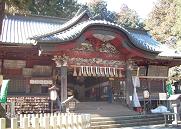
Real-time weather
![]()
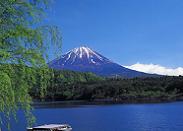
Real-time weather
![]()
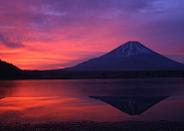
Real-time weather
![]()
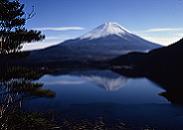
Real-time weather
![]()
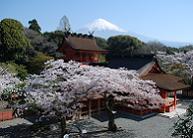
Real-time weather
![]()
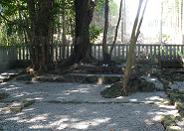
Real-time weather
![]()
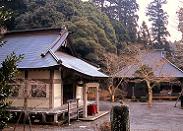
Real-time weather
![]()
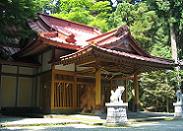
Real-time weather
![]()
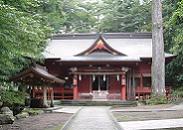
Real-time weather
![]()
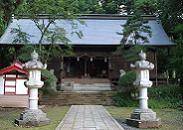
Real-time weather
![]()
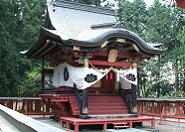
Real-time weather
![]()
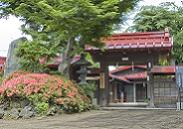
Real-time weather
![]()
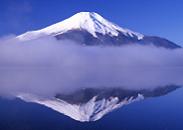
Real-time weather
![]()
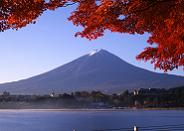
Real-time weather
![]()
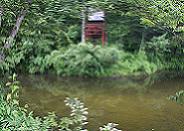
Real-time weather
![]()
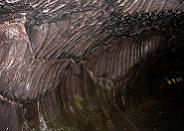
Real-time weather
![]()

Real-time weather
![]()
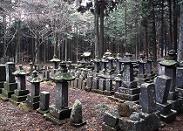
Real-time weather
![]()
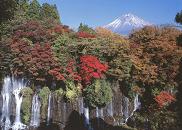
Real-time weather
![]()
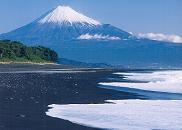
Real-time weather
![]()
Fujisan World Heritage Site Map
Copyright © 2014 Yamanashi Tourism Organization All rights reserved.

